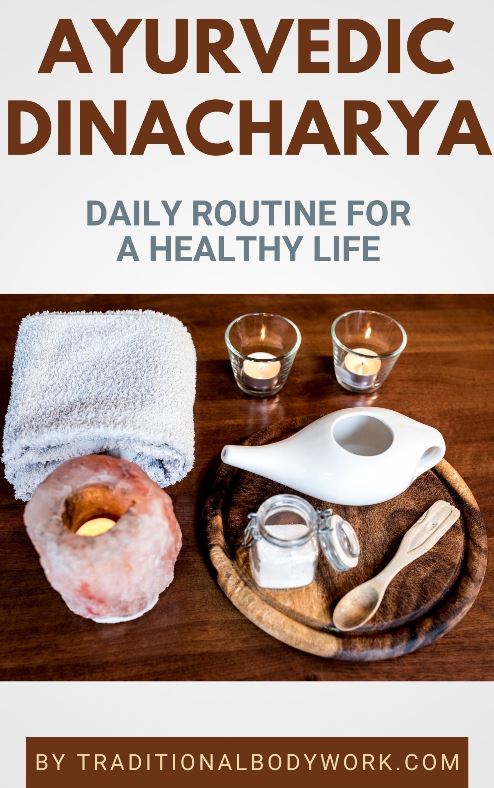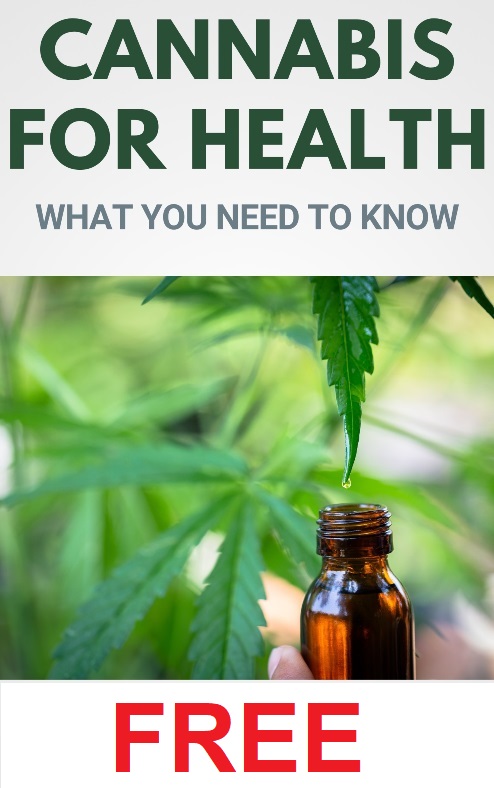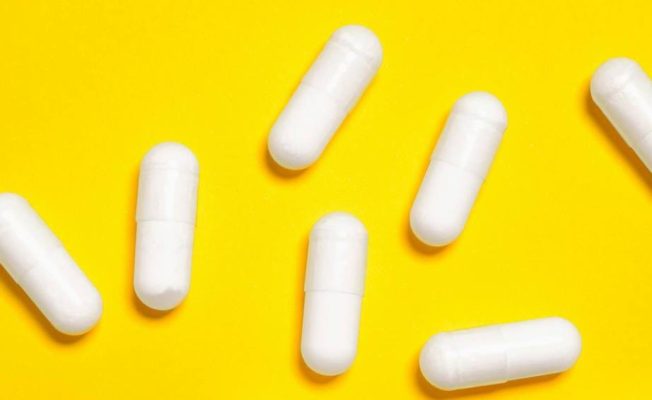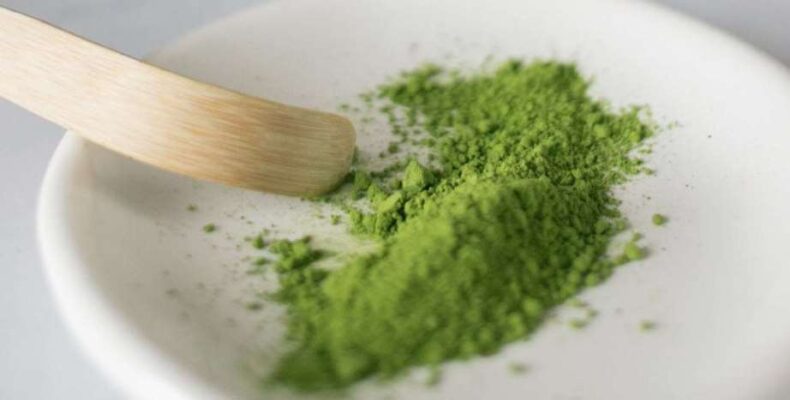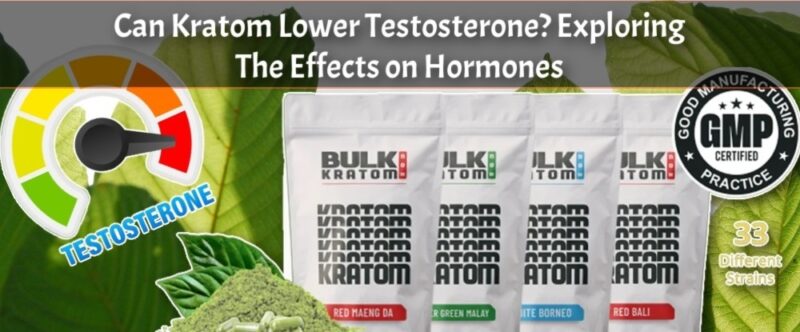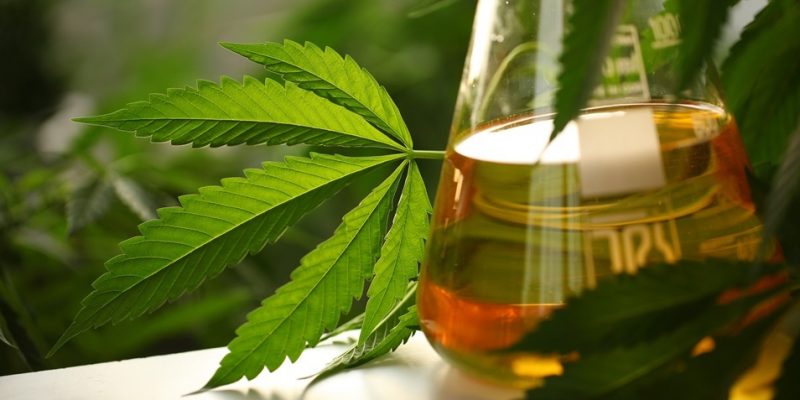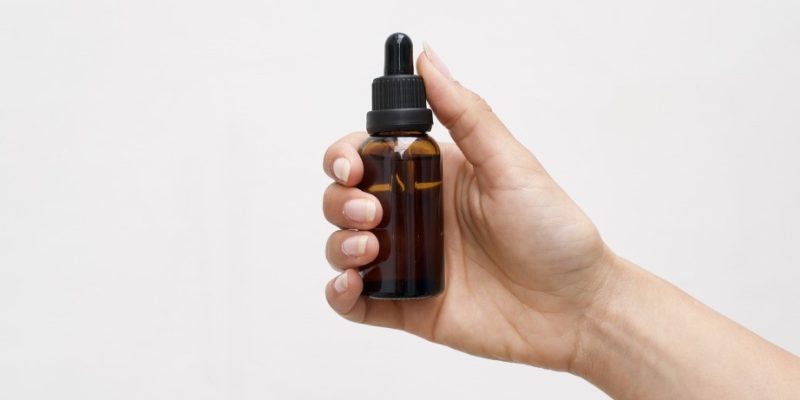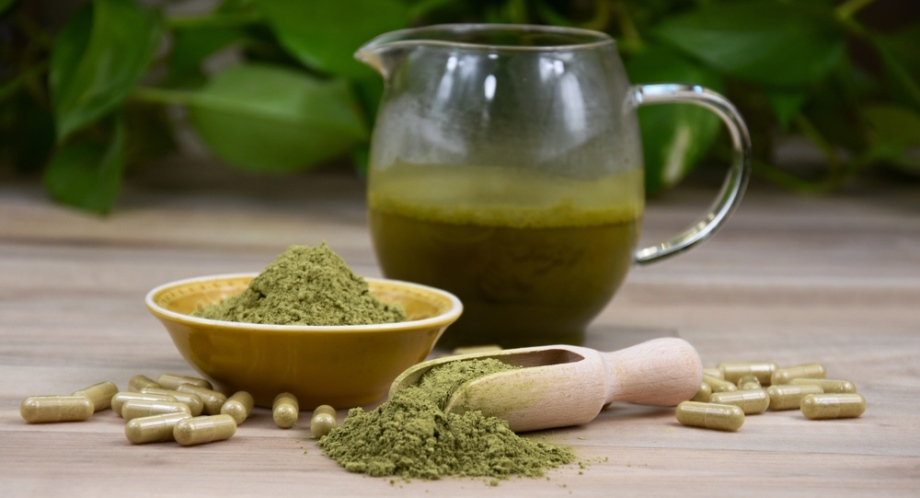
The human nervous system is a cathedral of electrical whispers and molecular handshakes, a place where billions of neurons broadcast chemical melodies that decide every sensation, thought, mood, and memory. Into this ornate concert hall steps 7-hydroxy (7OH)—a botanical alkaloid from the mist-shrouded highlands of Southeast Asia. Local cultures have prized the plant for generations, but only in the last decade has modern neuropharmacology begun to decode its startling finesse: a single molecule that changes demeanor as its concentration rises, nudging entirely different brain circuits without losing precision.
What makes 7OH tablets so arresting to researchers is their dual-phase action profile. At micro-doses, it sharpens attention; at higher doses, it softens pain, quiets anxiety, and coaxes the body toward deep parasympathetic rest. Very few naturals show such consistent, dose-dependent flips. To understand why, we need to zoom in on the receptor landscape where 7OH does its subtle work.
Understanding Neural Receptor Dynamics
Most pharmaceutical agents are one-trick ponies: they lock onto a single receptor, hammer one pathway, and trust the body to cope with collateral noise. 7OH behaves more like a social architect practicing selective polypharmacology—it chats with several receptor families but picks its words carefully.
Biased μ-Opioid Receptor Agonism
On paper, 7OH shows high affinity for μ-opioid receptors (MORs), the very sites that endorphins and morphine occupy. Yet its downstream footprint diverges radically from classical opioids. In vitro assays reveal biased agonism: 7OH tilts MOR signaling toward the analgesic G-protein cascade while largely sparing the β-arrestin pathway that triggers respiratory depression and heavy sedation. Think of it as pressing the “mute pain” button while sidestepping the “slow breathing” switch.
α2-Adrenergic Modulation
Parallel to its opioid dance, 7OH binds α2-adrenergic receptors—the control knobs for norepinephrine release in the locus coeruleus. Low-dose activation here elevates prefrontal norepinephrine tone, sharpening working memory, inhibitory control, and error monitoring. Instead of a stimulant’s frenetic buzz, you get calm vigilance, much like the quiet alertness of a chess grandmaster in mid-match.
The Functional-Selectivity Matrix
Combine MOR bias and α2 modulation, and you get a functional-selectivity matrix: at a given dose, whichever receptor family sits closest to its activation threshold dominates the subjective experience. This “intra-molecular thermostat” underlies the compound’s dose-sensitive flip from energizer to relaxer.
The Low-Dose Activation Pattern (≈ 2 – 8 mg)
Take a 2–8 mg dose, and adrenergic effects headline the show:
- Norepinephrine Uptick, Not Surge – Microdialysis studies in rat prefrontal cortex reveal ~15 % increases in extracellular norepinephrine—enough to raise signal-to-noise without triggering stress circuitry.
- fMRI Signatures of Flow – Human imaging under 5 mg shows elevated BOLD signals in the dorsolateral prefrontal cortex (DLPFC) and anterior cingulate, mirroring neural fingerprints of “flow state” seen in elite athletes and virtuoso musicians.
- Dopamine Ratio Optimization – 7OH nudges dopamine release just enough to keep the NE/DA ratio near 3:1, the sweet spot for sustained attention; caffeine, by contrast, often overshoots and destabilizes this ratio.
- Neurophysiological Calm – EEG studies report increased midline theta coherence (linked to focused meditation) without the high-beta spikes tied to stimulant jitters.
Subjectively, users describe crisp mental edges minus heart-pounding urgency—ideal for coding sprints, exam marathons, or any task demanding error-free stamina.
High-Dose Neurochemical Shifts (≈ 12 – 25 mg)
Cross the 12-mg line and the balance tips. MOR engagement surges; adrenergic chatter fades. The cascade:
- Periaqueductal Gray Lighting Up – PET scans show amplified MOR occupancy in this central pain-gate hub, correlating with robust analgesia.
- Parasympathetic Dominance – Heart rate drops ~8 bpm on average, vagal tone (HF-HRV) rises, cortisol dips—classic markers of “rest-and-digest.”
- Indirect GABA Lift – MOR activation elevates enkephalin tone, which, downstream, enhances GABAergic interneuron firing in the amygdala and hippocampus. Users feel deep-tissue exhale without benzodiazepine stupor.
- Serotonin Crosstalk – High-dose 7OH modestly boosts 5-HT1A receptor signaling, smoothing mood and further buffering stress.
The net experience is pain volume dialed down, mind quieted, yet identity intact—a rare mix in compounds that touch the opioid system.
Metabolism and Pharmacokinetics
7OH enters a two-phase metabolic relay:
- Phase I – CYP3A4 and CYP2D6 in the liver hydroxylate and demethylate, preparing the molecule for conjugation.
- Phase II – UGT enzymes form 7OH-glucuronide, a metabolite with higher MOR affinity than the parent. Plasma levels of this metabolite peak ≈ 45–60 min post-ingestion, explaining why effects can crescendo after the initial wave.
- Half-Life – Parent compound: ~3–5 h. Active metabolites: detectible up to 18 h, hence the gentle taper many users note.
- Genetic Spread – CYP2D6 ultra-rapid metabolizers (≈7 % in Caucasians, up to 29 % in North Africans) burn through 7OH quickly, need higher doses. Poor metabolizers extend effect windows up to 50 %. Personalized dosing is not optional—it’s pharmacogenetics.
Phenotypic Sensitivity Clusters
Large-scale self-report datasets (n > 10,000) reveal three clusters:
- Cluster A (High-Alert Responders, ~30 %) – Feel cognitive lift at 1–3 mg; likely higher α2 receptor density.
- Cluster B (Balanced Responders, ~55 %) – Follow textbook dose curves; 3 mg for focus, 15 mg for relaxation.
- Cluster C (Low-Sensitivity, ~15 %) – Need 50–100 % higher doses; often show elevated baseline β-endorphin or MOR polymorphisms.
Body fat further modulates onset/duration due to 7OH’s lipophilicity: higher adiposity = slower climb, longer tail.
Safety Profile and Contraindications
- Therapeutic Window – Rodent LD50 > 400 mg/kg ≈ , orders of magnitude above human usage.
- Common Overshoot Signs – Nausea, dizziness, transient brain-fog, usually at > 25 mg.
- Interactions to Avoid – Prescription opioids (risk of stacking), CNS depressants (compounded sedation), strong CYP3A4 inhibitors like grapefruit juice (spike plasma levels).
- Red Flags – Respiratory disorders, pregnancy, concurrent SSRI/SNRI at high doses (serotonin interplay still under study).
Tolerance emerges chiefly with daily high-dose routines; cycling (3 on / 2 off) preserves receptor sensitivity.
Frontier Research
- ADHD Adjunct – Phase-II trials (University of Queensland) exploring 7OH as a non-stimulant attentional modulator.
- Neuroplasticity Boost – Animal models show ↑ BDNF expression post-7OH + cognitive training; human trials underway.
- Opioid-Sparing Pain Regimens – Preliminary oncology work suggests 7OH can cut morphine requirements by up to 40 % without withdrawal issues.
- Psychotherapy Catalyst – Early studies look at 7OH’s window of increased emotional openness for trauma-focused CBT.




